Afs Nikkor 20mm F18g Ed Vs Signa 20 F 14 Art
This is an in-depth review of the Nikon 20mm f/i.8G ED prime lens designed primarily for landscape, astrophotography, architecture and environmental portrait photography. It has been thirty years since Nikon first introduced the original Nikkor 20mm f/two.8 Ai-S lens and long 20 years since the autofocus version, the Nikkor 20mm f/2.8D was released to the market.
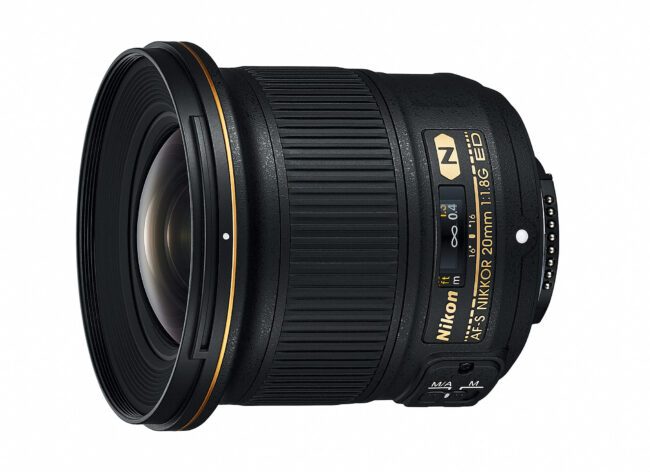
Since then, the 20mm prime sadly did not receive much attending, and so information technology was about time for Nikon to refresh the line with a mod version. Nikon finally revealed a replacement on September 12, 2014 and the new lens came with a overnice surprise – the Nikkor 20mm f/1.8G ED is non only completely revamped in terms of optical blueprint, but it is also 1.three stops faster than its predecessors. Personally, I have been very interested in checking out the new 20mm f/1.8G lens, because I institute the 28mm f/one.8G to be a bit too long for my taste.
And although I love my 24mm f/1.4G (see my detailed review hither), it is pretty expensive and often quite heavy to carry around. Thus, a wider, lighter and much less expensive lens sounded very highly-seasoned to me. I have had the joy of shooting with the Nikkor 20mm f/1.8G for the past three months and equally you will see in this review, the lens deserves loftier praise for its superb optical performance.
When it comes to ultra wide-bending lenses (those lenses that typically encompass focal lengths shorter than 24mm on full-frame), many photographers oftentimes apply zoom lenses, similar the Nikkor 14-24mm f/2.8G, Nikkor sixteen-35mm f/4G or DX zoom / third party lenses, because they requite more flexibility in situations where one cannot physically movement closer or away from the subject – zoom lenses certainly have their conveniences.
Simply those conveniences often come with their own list of bug, whether it is the high toll tag, heavy weight and bulk, smaller maximum aperture or inferior optics. Therefore, prime lenses do have their use and advantages when compared to zooms. When assessing broad-angle prime lenses, the biggest claiming for about photographers is to determine the best focal length. Finding out how well a particular focal length tin serve one'south needs can be challenging, every bit it depends on many factors, including the type of photography ane is primarily engaged in.
Architecture, landscape and night sky photographers might oft enjoy shorter focal lengths, while portrait photographers generally tend to stay in the 35mm+ range. Even for portrait photography though, there are always situations where an ultra wide-angle lens can come in handy (such as when photographing large groups, or composing broad to include more of the scene). Then even if one does non frequently use such lenses, some situations call for going very wide. Because of this, I practically always make room for an ultra wide-angle lens in my bag.
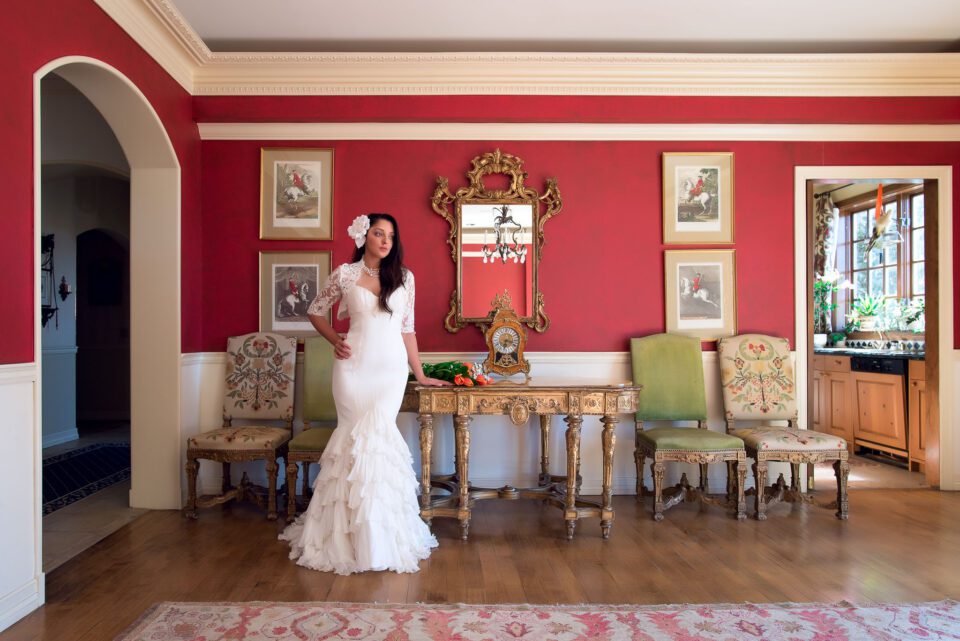
Having previously used and tested the Nikkor 28mm f/1.8G, I found 28mm on full-frame to be a bit too long for my sense of taste, so I kept my 24mm f/1.4G prime equally my workhorse for those wide-angle moments. Those 4mm of additional focal length might not seem like a lot, but there is a pretty big deviation! And the wider you get, the more than noticeable each mm of focal length becomes. The same matter applies to the 20mm f/i.8G – it is significantly wider than a 24mm lens, a difference of 10° in terms of bending of view, every bit illustrated below:
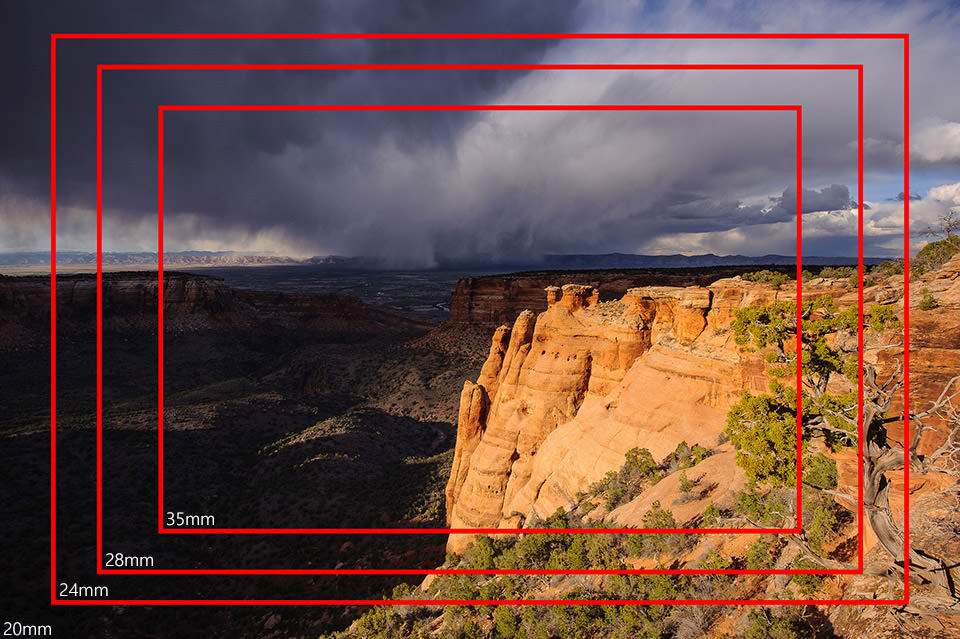
I have received a number of requests from our readers, who asked me if I could compare the 20mm f/1.8G to the 28mm f/1.8G, but in reality, it would never exist an apples-to-apples comparison due to huge differences (almost 20°!) in angle of view. As you can see from the above image, the difference between 20mm and 28mm is massive in terms of field of view.
However, if one decides to become with a unmarried broad or ultra-broad bending Nikkor prime with a upkeep not exceeding $1K to complement such lenses as 35mm f/1.8G, 50mm f/1.8G and 85mm f/1.8G, then the selection is between the 20mm f/ane.8G and 28mm f/1.8G lenses. If I were to pick between 20mm and 28mm, I would choice the quondam. With mod high-resolution sensors, if I wanted to go a bit tighter, I know I have the option to crop. Simply if I go with a longer focal length, I am limiting myself in those situations where I cannot move back to become a wider shot.
Others will prefer 28mm and skip the 35mm, which also works. My personal selection for modern primes under 100mm today would comprise of: 20mm f/ane.8G, 35mm f/i.8G, 50mm f/1.8G and 85mm f/one.8G for budget and 24mm f/1.4G, 35mm f/one.4G, 50mm f/1.8G and 85mm f/1.4G for high-end, which would probably cover 99% of my photography needs. If I considered 3rd political party options, I would swap the 35mm f/1.4G and 50mm f/1.8G with Sigma Art f/i.iv serial lenses.
So if you lot are still torn between twenty, 24 and 28mm prime lens options and you lot already accept a 35mm, my suggestion would exist to explore the 20mm f/i.8G. If yous only want a unmarried broad-angle lens that is non as well wide or likewise narrow to complement your 50mm, then the 28mm f/1.8G might be a improve candidate.
Hope this answers the focal length questions and concerns. Let'due south now move on to lens specifications.
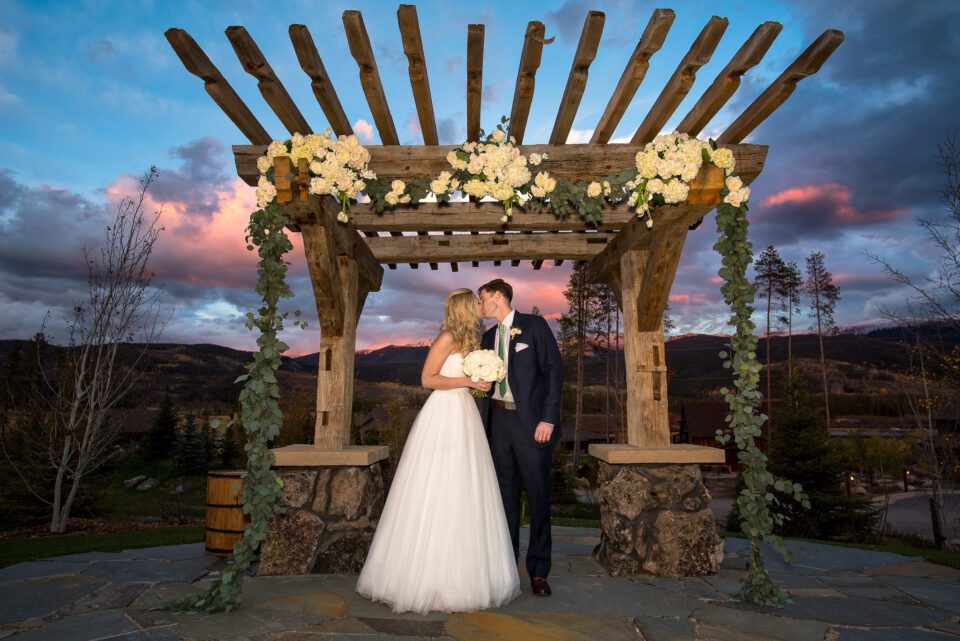
Nikon 20mm f/one.8G ED Specifications
- Mount Blazon: Nikon F-Bayonet
- Focal Length: 20mm
- Maximum Discontinuity: f/1.8
- Minimum Aperture: f/16
- Format: FX/35mm
- Maximum Angle of View (DX-format): seventy°
- Maximum Bending of View (FX-format): 94°
- Maximum Reproduction Ratio: 0.23x
- Lens Elements: 13
- Lens Groups: 11
- Diaphragm Blades: 7
- Super Integrated Coating: Aye
- Autofocus: Yes
- AF-Southward (Silent Moving ridge Motor): Yes
- Internal Focusing: Yes
- Minimum Focus Distance: 0.66 ft. (0.2m)
- Focus Mode: Machine, Transmission
- G-type: Yes
- Filter Size: 77mm
- Accepts Filter Type: Spiral-on
- Dimensions (Approx.): 3.2 in. (82.five mm) x 3.1 in. (80.5 mm)
- Weight (Approx.): 12.6 oz. (355 thousand)
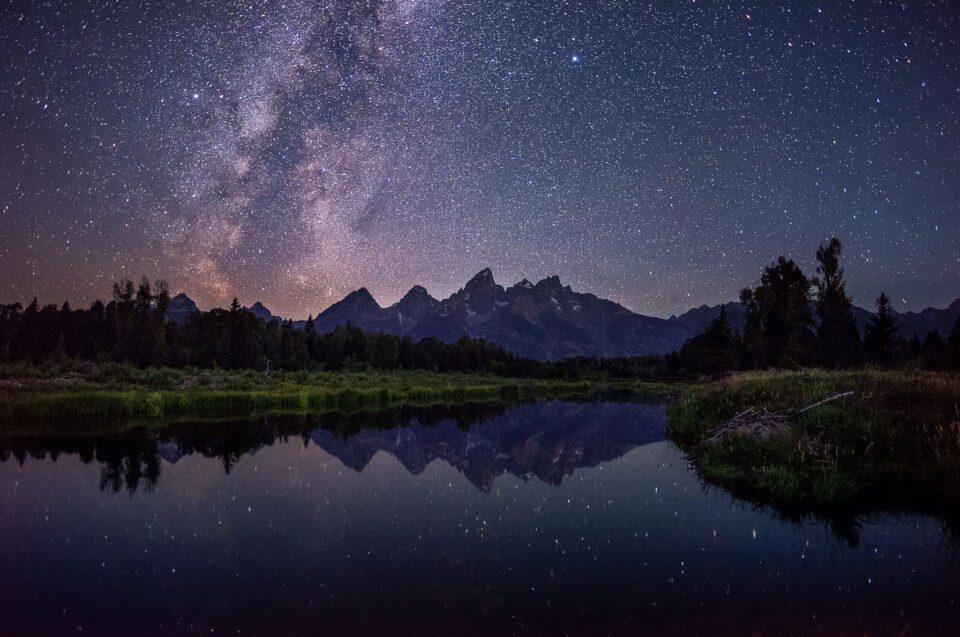
Lens Construction
Lens construction is quite advanced for a upkeep ultra wide bending lens. The Nikkor 20mm f/ane.8G contains a full of 13 lens elements, 2 of which are "Extra-low Dispersion" (ED) lens elements that are typically used on high-end Nikkor lenses to boost sharpness and contrast. In improver, two aspherical lens elements are used for correcting spherical abnormality bug, every bit shown below:
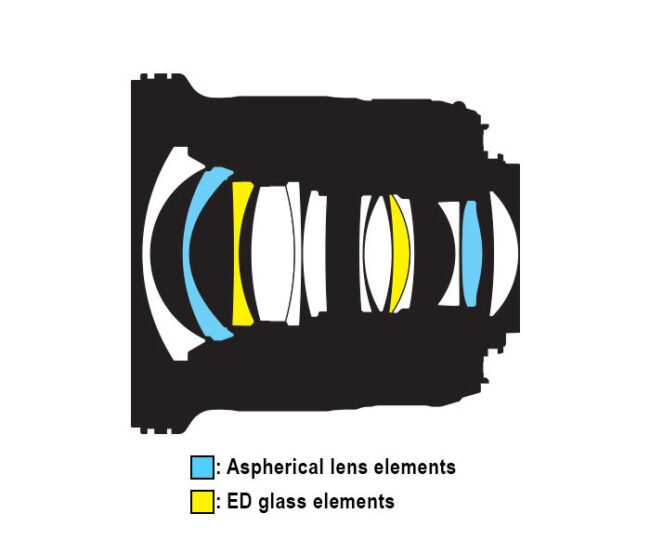
If you would like to run across more than details about the lens, delight run across our Nikon AF-S NIKKOR 20mm f/1.8G page in the lens database.
Lens Treatment and Build
The Nikkor 20mm f/1.8G ED has a similar build every bit the 35mm f/1.8G ED and other recent Nikkor prime number lenses, with a hard and textured plastic exterior, a metal mount and a safety gasket on the lens mount to provide good sealing against grit making its way into the photographic camera. The lens feels solid in hands, definitely no worse than any of the modern professional person Nikkor prime. Size-wise, it is non every bit modest every bit the classic Nikkor 20mm f/two.8D, but for a reason – with 1.three stops faster aperture, it is a given that the lens would be larger in comparing.
Too, larger size is a expert affair, as the lens feels comfy to support it with your left paw while manus-belongings the camera. Dissimilar the 35mm f/1.8G, in that location is a gilt ring effectually the front barrel of the lens, which indicates "pro" quality and more complex design (Nano-coating, 2 aspherical and two ED elements vs standard blanket and 1 of each on the 35mm f/i.8G).
The lens takes standard 77mm filters, which is great if you are planning to use polarizing filters and filter holder systems (vignetting functioning with filters is provided further down beneath). Despite existence a pro-grade lens though, the filter thread is plastic, which is unfortunate, as it could potentially article of clothing out with repetitive mounting and dismounting of lens filters if you are not careful.
On the bright side, nothing moves when the lens focuses, so yous do not accept to worry about having to re-adjust your polarizing filter when using information technology in the field. In contrast, older AF-D lens designs ofttimes had rotating front elements, making them hard to use with filters (the 20mm f/2.8D is an exception, due to having inner focus pattern). Additionally, the forepart element of the Nikkor 20mm f/ane.8G ED does not move in and out as it does on some Nikkor primes and it is not recessed deep inside, making it pretty easy to clean and maintain.
The focus ring is quite thick, making the lens very easy and convenient to use for manual focusing with a thumb and index fingers, whether shooting images or video. A petal-shaped HB-72 Lens Hood is provided with the lens. It snaps hands on the forepart of the lens and sits tight without wobbling. The M/A and One thousand switch on the side of the lens allows autofocus with manual focus override and full manual focus operation. The latest Nikon DSLRs immediately recognize the focus position and some even provide notifications on the information ("I" push button) screen.
As I have already pointed out, the lens is very low-cal and compact – at 355 grams, information technology is a bit heavier than its predecessor, the Nikkor 20mm f/two.8D, which weighs 270 grams. It is likewise slightly heavier than the Nikkor 28mm f/ane.8G, which weighs 300 grams.
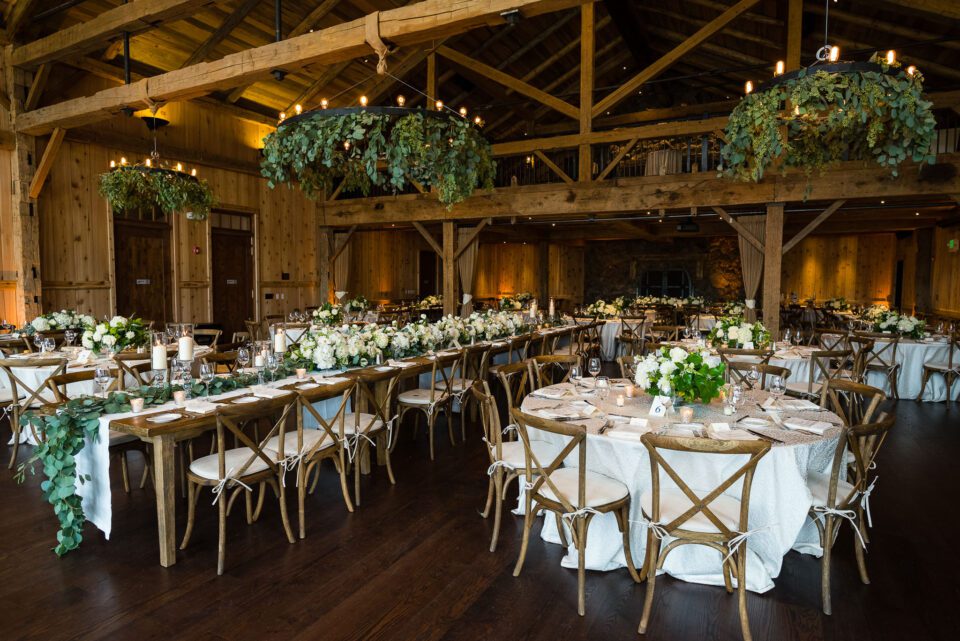
Autofocus Functioning and Accurateness
The Nikkor 20mm f/one.8G features silent moving ridge motor (SWM) engineering science, which not only makes autofocus near-silent but as well quite fast in performance. Since the lens is so wide, its altitude scale is pretty express – from 0.66 feet (minimum focus) to one.3 feet, after which it is infinity. As a result, autofocus speed is about-instant: going from near focus to infinity but takes almost half a second, which is incredibly fast.
Autofocus accuracy is also impressive. Whether I used the lens in vivid light, or in low-light indoors atmospheric condition at a hymeneals venue, the lens was able to acquire focus consistently when using the Nikon D750 DSLR. Low-light operation with older Nikon cameras might non be as as expert though, since previous generation bodies are not rated the aforementioned (come across my detailed Nikon D750 review for more information on this). My copy of the lens coupled very well with both D750 and D810 photographic camera bodies and did non crave any AF fine-tuning to yield superb sharpness, fifty-fifty wide open.
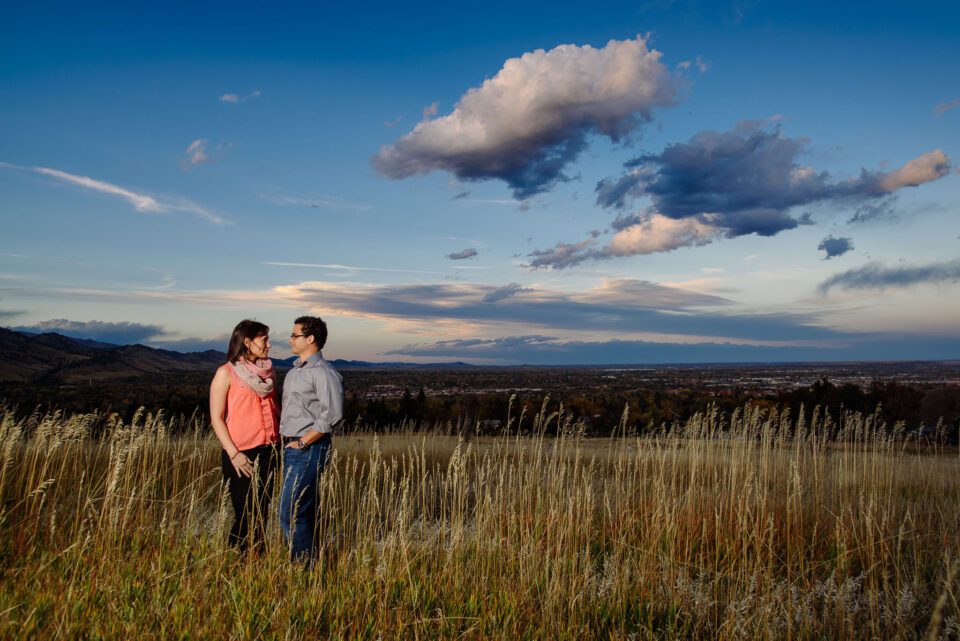
Let'south take a look at the optical features of the lens and its sharpness characteristics on the loftier-resolution D810.
garrisonandly1960.blogspot.com
Source: https://photographylife.com/reviews/nikon-20mm-f1-8g-ed
0 Response to "Afs Nikkor 20mm F18g Ed Vs Signa 20 F 14 Art"
Post a Comment